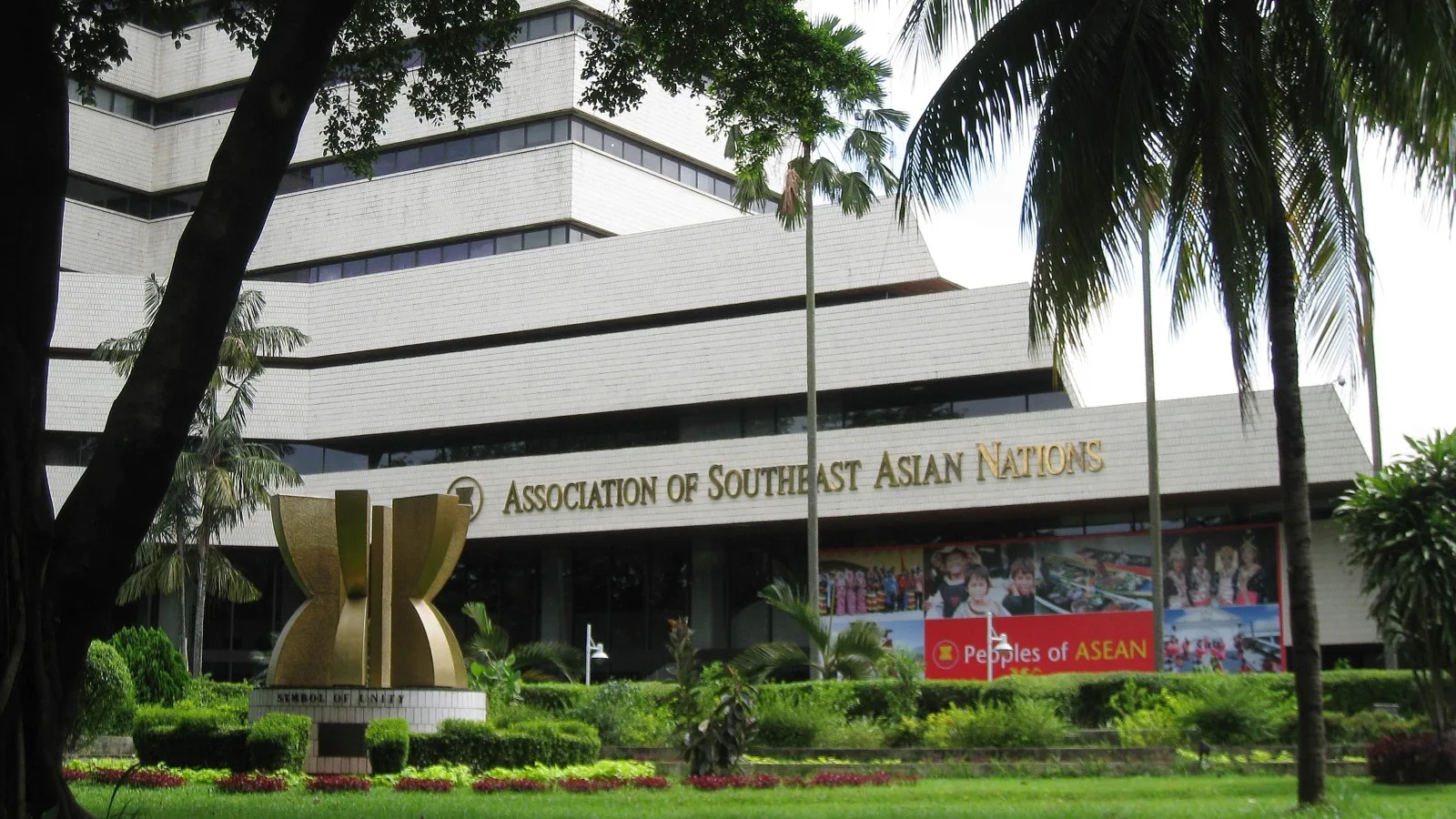Original Report: www.globaltimes.cn(full story), photo: Gunawan Kartapranata
- Chinese Premier Li Qiang is set to participate in various summits in Vientiane, aiming to strengthen relations with ASEAN.
- The China-Laos Railway has become a crucial infrastructure project enhancing economic connectivity and opportunities for development.
- Trade and agricultural cooperation between China and Vietnam demonstrates substantial growth potential.
In a significant diplomatic endeavor, Chinese Premier Li Qiang will attend the 27th China-ASEAN Summit and the 19th East Asia Summit in Vientiane, Laos. His visit aims to bolster bilateral relations, foster deeper cooperation, and enhance regional stability among countries connected through the Belt and Road Initiative.
Laos, characterized by its mountainous terrain, has historically faced transportation challenges. The China-Laos Railway, a 1,035-km project linking Kunming in China’s Yunnan Province to Vientiane, has transformed Laos into a strategic land-linked hub. In its nearly three years of operation, the railway has facilitated over 10 million tons of trade worth approximately $5.7 billion and transported more than 222,000 passengers, marking a significant boost to connectivity. Daovone Phachanthavong, vice executive president of the Lao National Chamber of Commerce and Industry, noted that this infrastructure has invigorated economic growth along its route.
Vietnam, Laos’ neighbor, has also reaped the benefits of enhanced logistics and railway cooperation with China, significantly amplifying cargo transport efficiency. As Do Thi Thu from the Banking Academy of Vietnam points out, the collaboration addresses Vietnam’s pressing infrastructure needs in various sectors.
Both nations experience a booming economic relationship with China as the key investor. In Laos, investments drive infrastructure enhancements in energy, transportation, and agriculture, fostering job creation and industrial advancement. Agriculture remains a cornerstone of Laos’ economy, with China being the predominant market for Lao exports.
Vietnam, China’s largest trade partner in ASEAN, has enjoyed sustained two-way trade exceeding $200 billion annually for three consecutive years. Projects focused on infrastructure, energy, and border development signify robust bilateral ties. The mutual introduction of fresh Vietnamese durians into the Chinese market highlights evolving trade dynamics, with increasing consumer demand.
Amidst these initiatives, the relationship between China and ASEAN continues to solidify. This year marks the 15th anniversary of the comprehensive strategic partnership with Laos, with new action plans fostering long-term cooperation. Li’s upcoming visit is anticipated to further enhance the diplomatic rapport as Laos holds the ASEAN chair.
Cultural and historical ties underpin the collaborative spirit between Vietnam and China, emphasizing communal support during challenging periods. This relationship not only seeks to address contemporary global challenges but also aims to inspire further bilateral collaborations among nations in the region, focusing on sustainable development and shared prosperity.







